It is wired that some good qualified imported products will be out of the Chinese qualified flammability building materials market because it could not reach the requirements of Chinese standards of limited oxygen index for building materials.
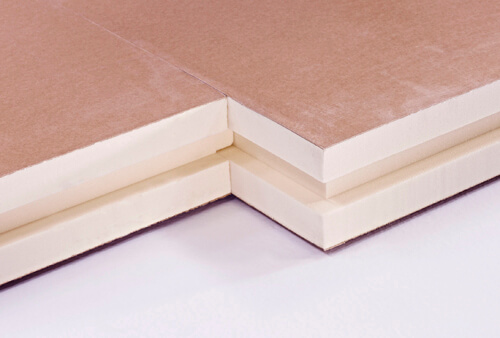
There are different requirements between EN standards and Chinese standards. The limited oxygen index of building materials for EN standards is 28 and it is an optional indicator. But it is 30 for GB 8624 and GB/T 29416. At the same time the LOI index for Chinese standards has veto power which means that one product has very great fire resistance property of fire testing will fail the B1 rating if it has a LOI index below 30.
It is not fair for polyurethane building materials. For EPS and XPS, when they reach the B1 level, their LOI index will be over 30 easily, even 32. But for polyurethane materials, it is a hard work to have a LOI index over 30 except changing the processes and technologies. Changing processes and technologies will sacrifice the mechanical properties such thermal insulation performance and structure strength, etc. as a chain reaction. And it will cause the sharply rise of the cost.
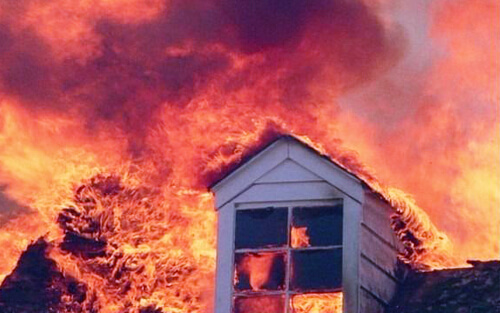
During the flammability processing, polyurethane materials will form a carbonized layer on the surface because the thermosetting structure. The carbonized layer will prevent the spread of flame. Polyurethane building materials show great fire resistant performance during the combustion simulating tests. For the same tests without isolation zone, EPS (expandable polystyrene, LOI-30, B1) and XPS (extruded sheet, LOI-30, B1) all fail the flammability tests. But polyurethane product 1 (LOI-28, B1) and polyurethane product 2 (LOI-26, B2) all pass the flammability tests. All the results show that it is very important to use the materials to the right place.
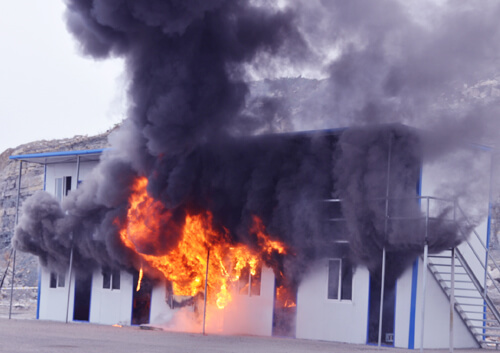
Now we know that the polyurethane products don’t have any trouble to be good building materials. The government and relative departments are also aware the problems for building materials market. Finding and standardizing proper requirements for building materials of flammability is necessary. How to define a good flammability building material and how to define such material exactly will be the new challenge for researchers. Because it is very important for standardizing the market and providing the solid supports for human living safety requirements. It is also important for polyurethane building material manufacturers to provide high quality products to building materials market.






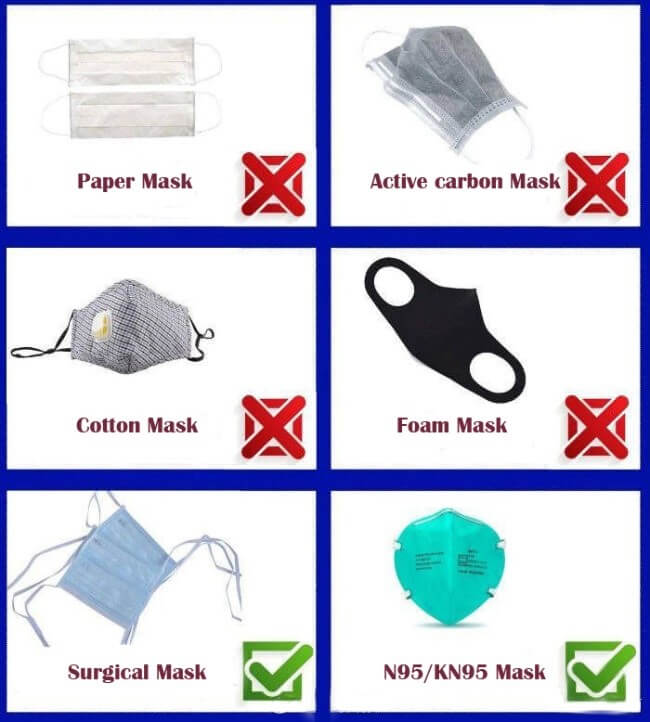
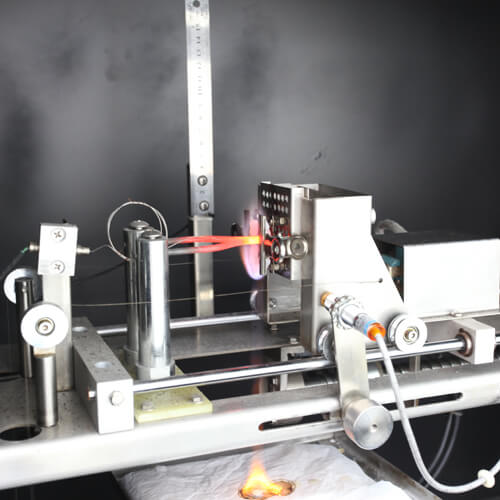







No Views.